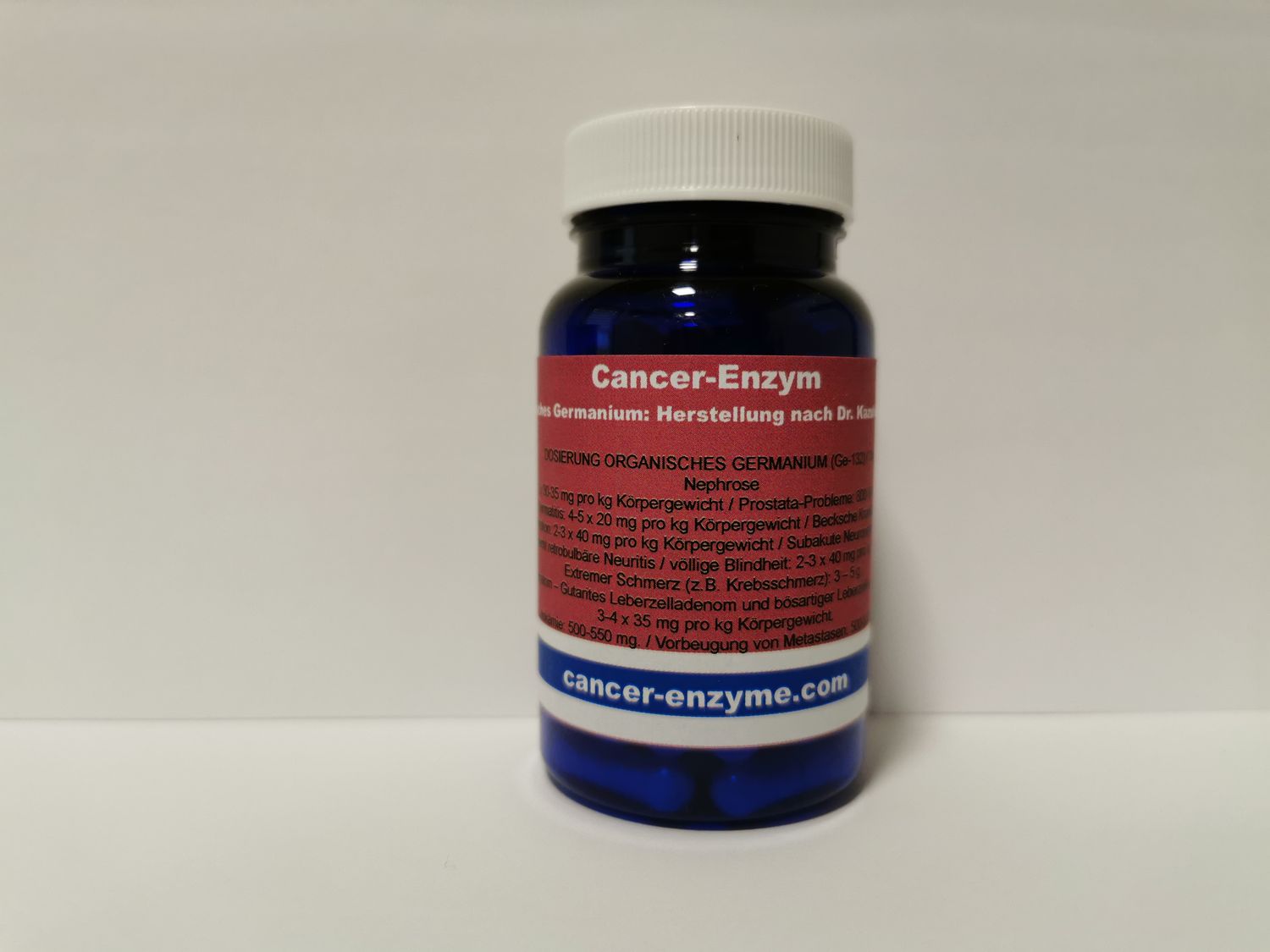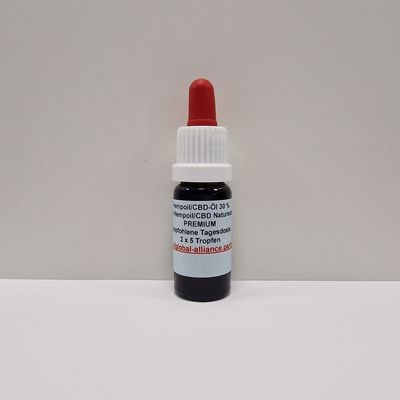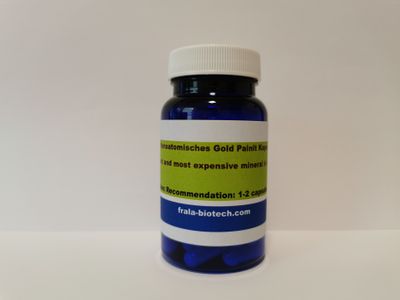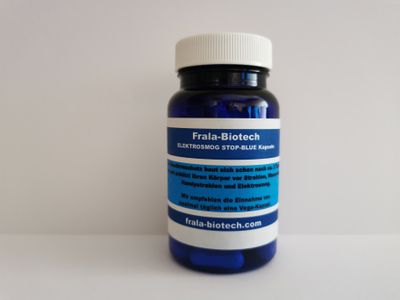Na počitnicah smo od 17. decembra 2025 do 5. januarja 2026.
Odpri mobilno aplikacijo
Prof. Dr. LampeProdukt Kurzberatung
Kurzberatung
Hallo! Sie brauchen Hilfe? Keine Sorge, ich bin für Sie da. Schreiben Sie mir, was es gibt, und ich helfe gerne weiter. Werktags von 9:00-16:00 Uhr💁



